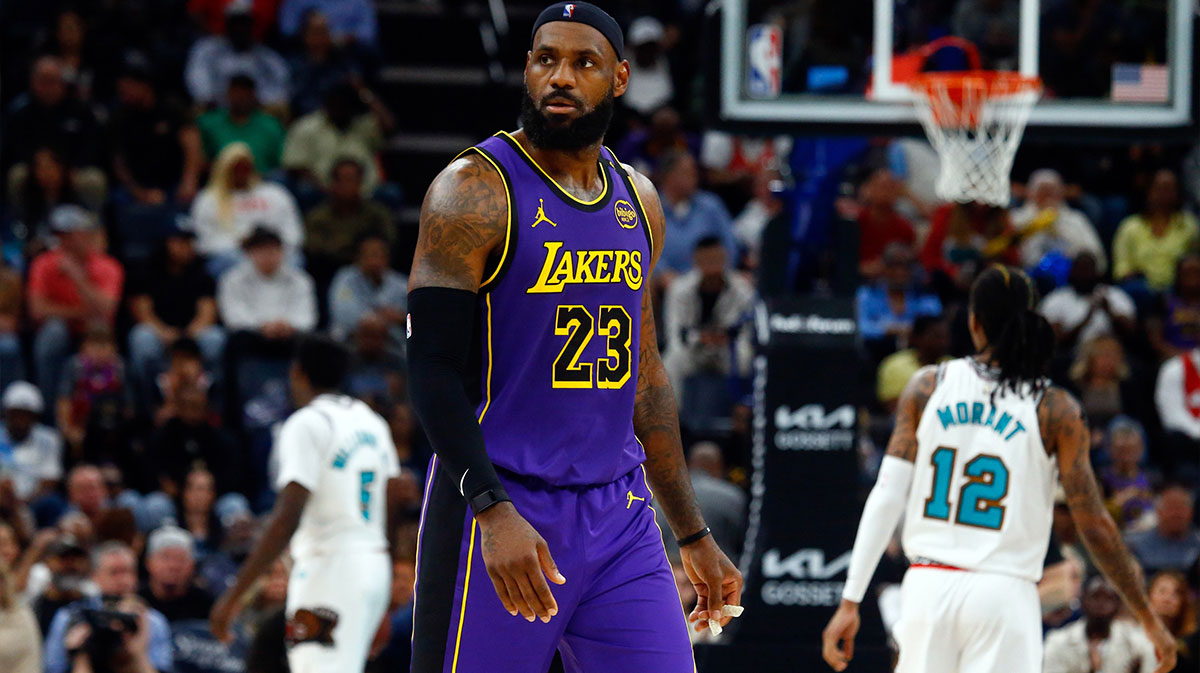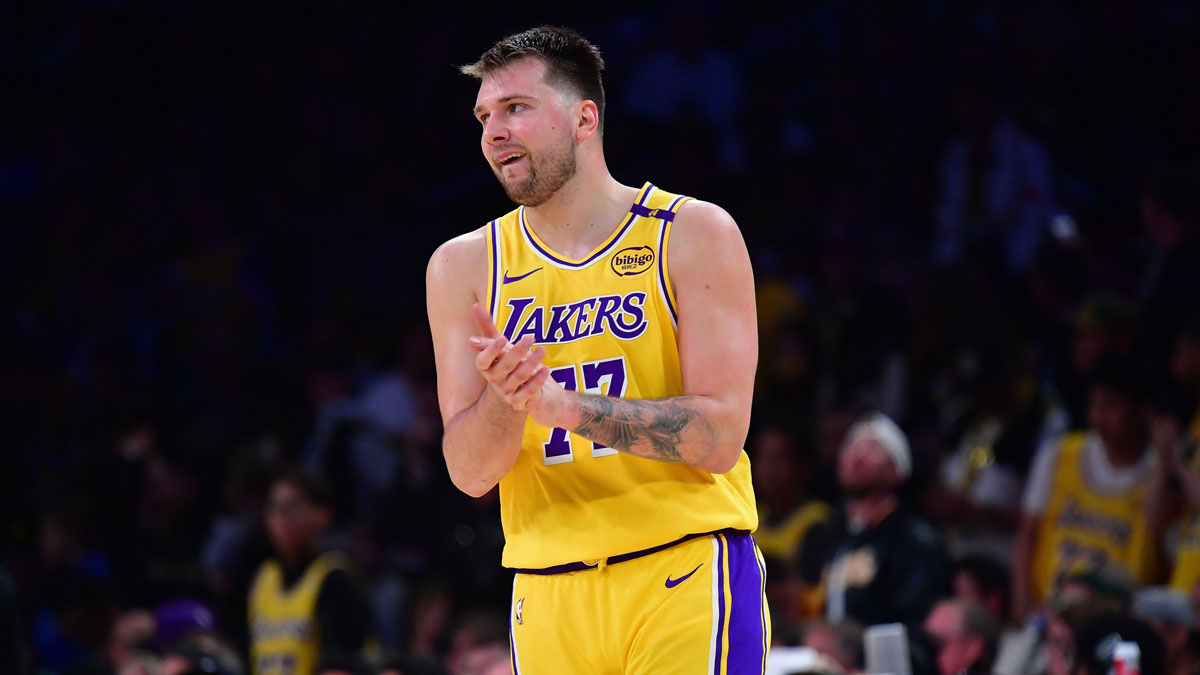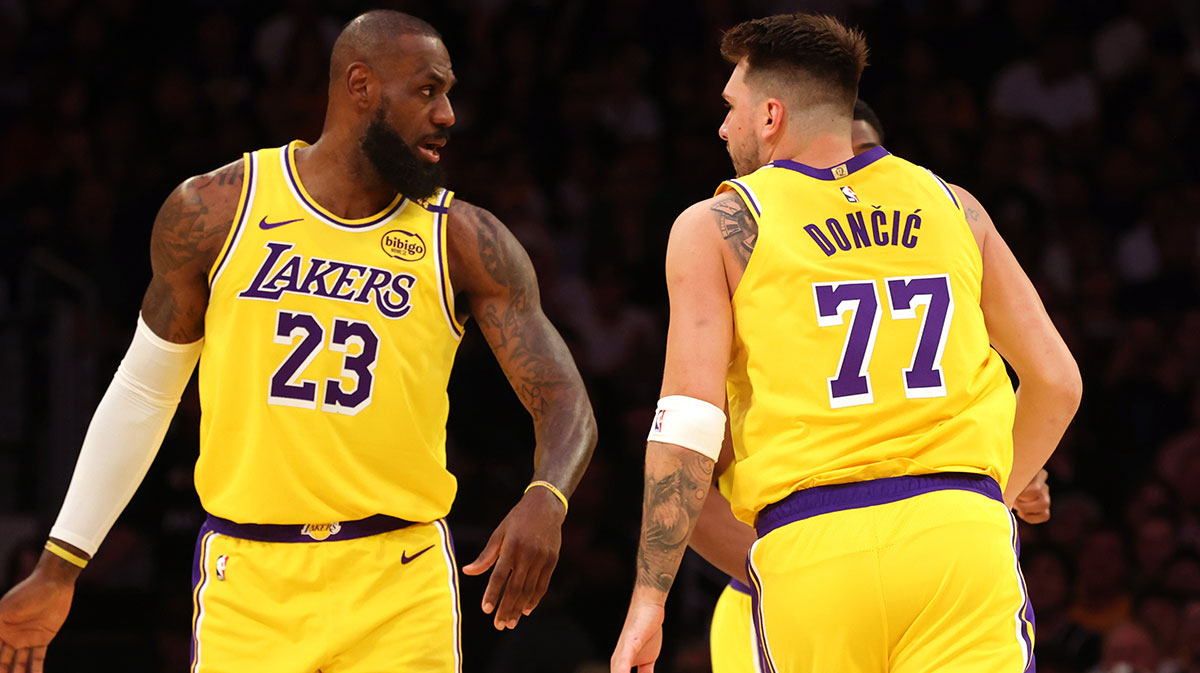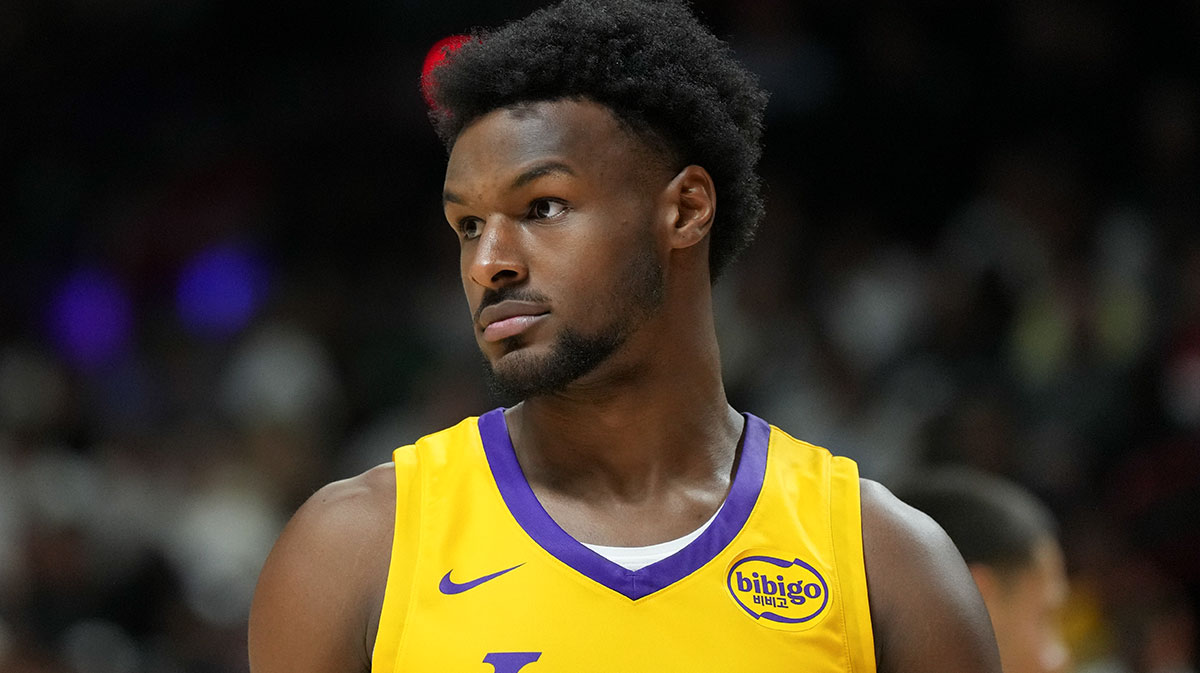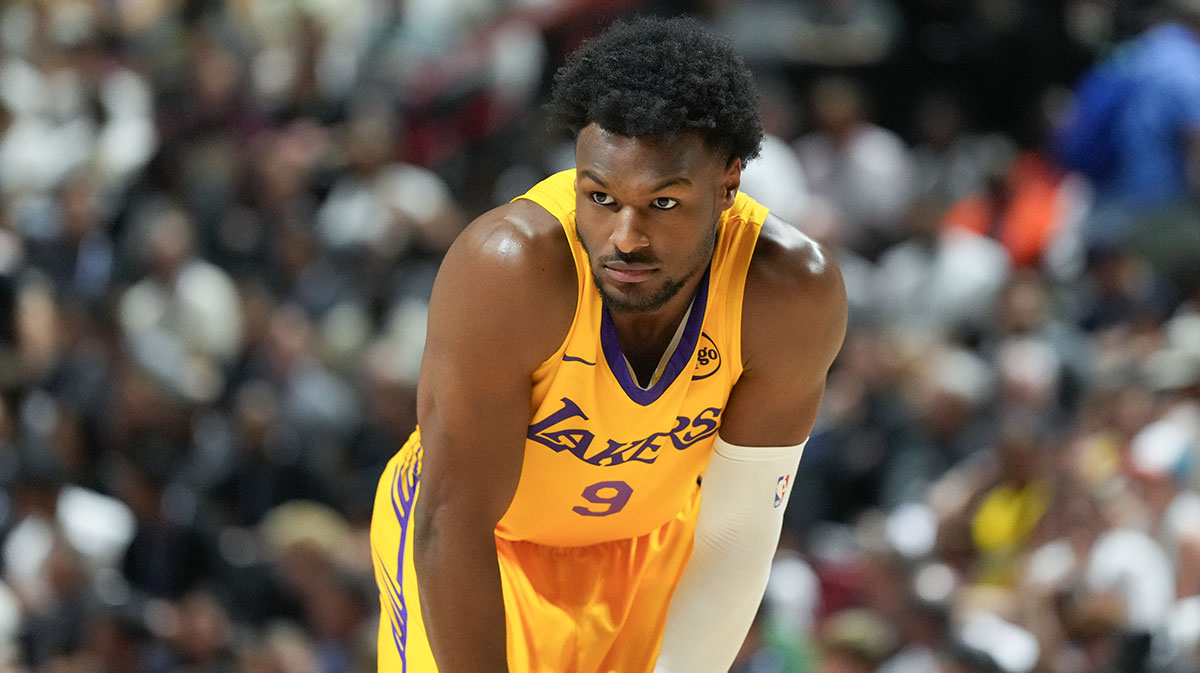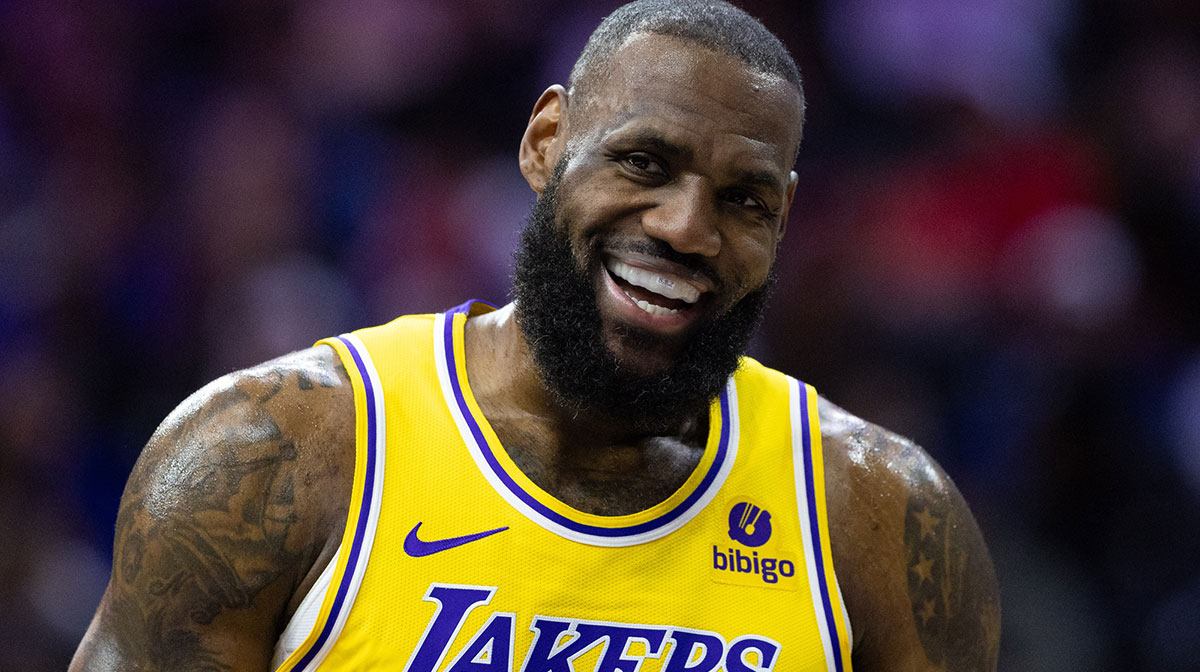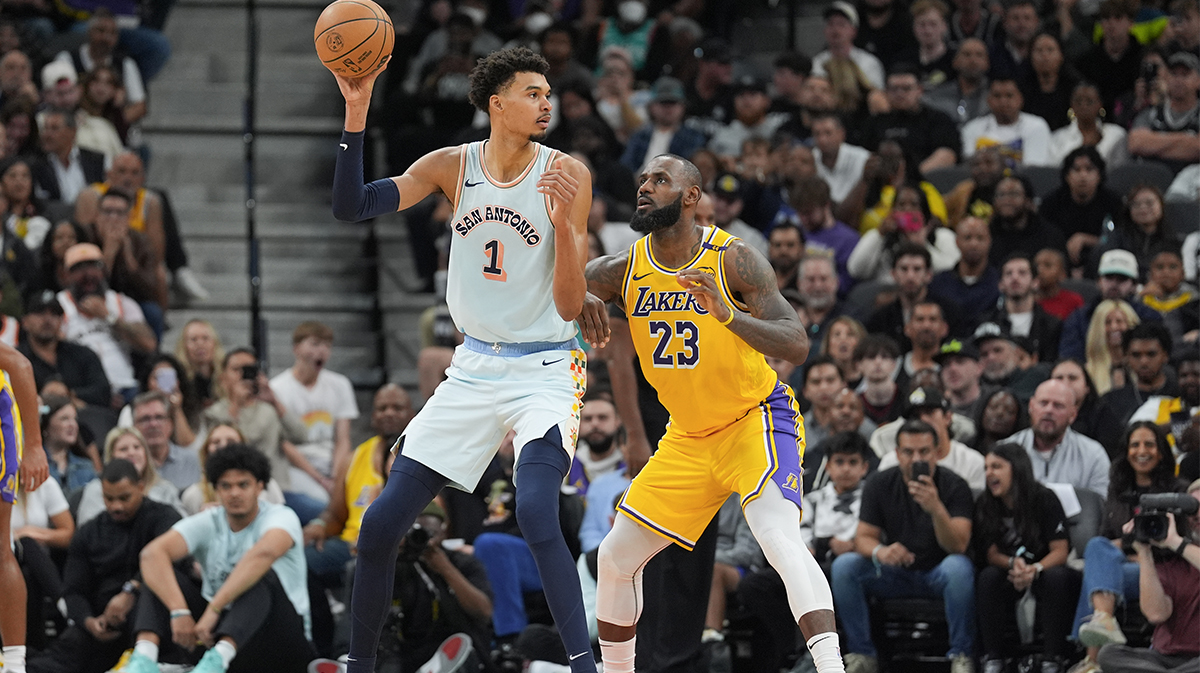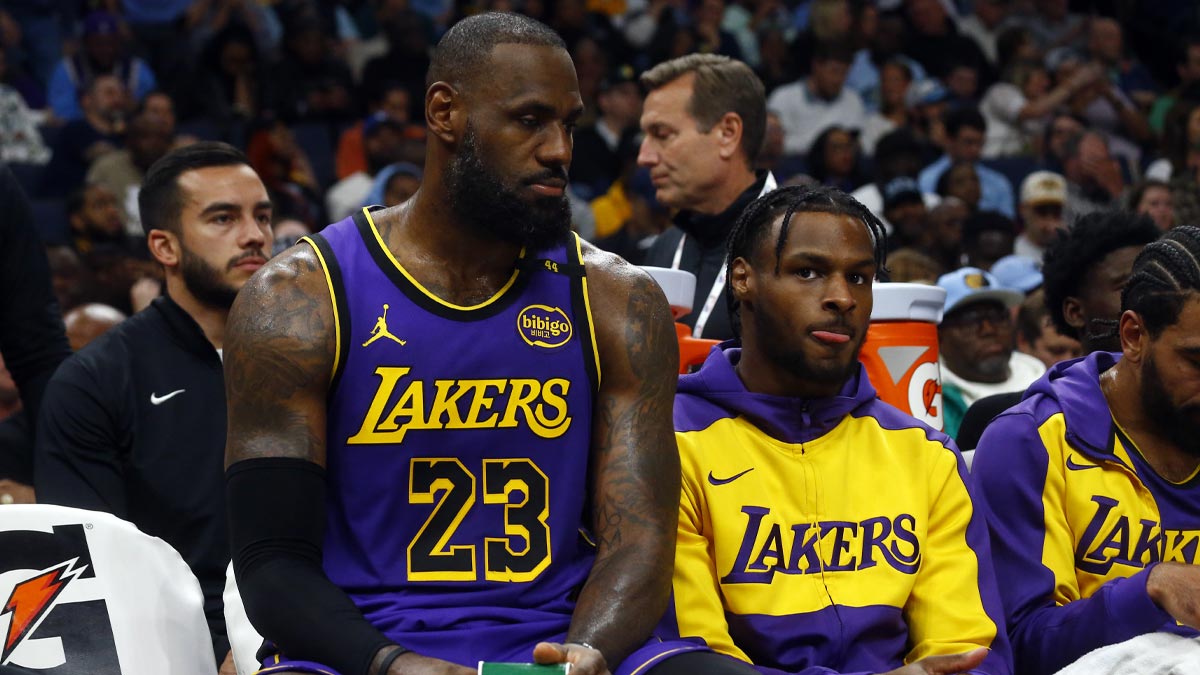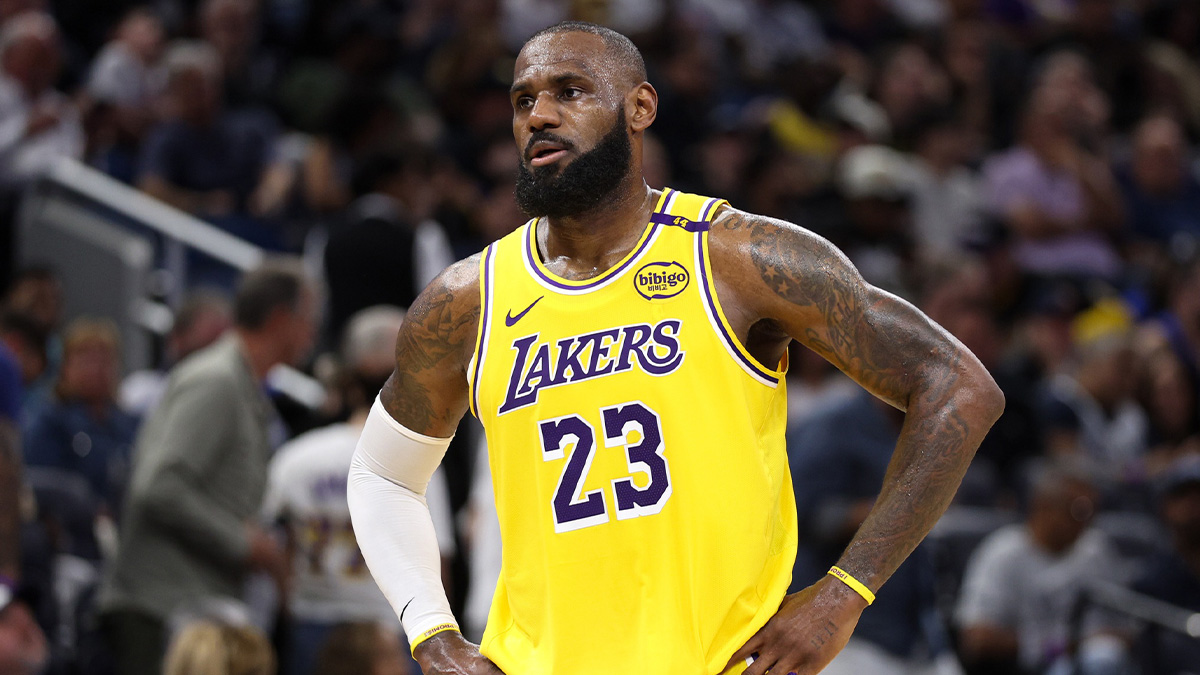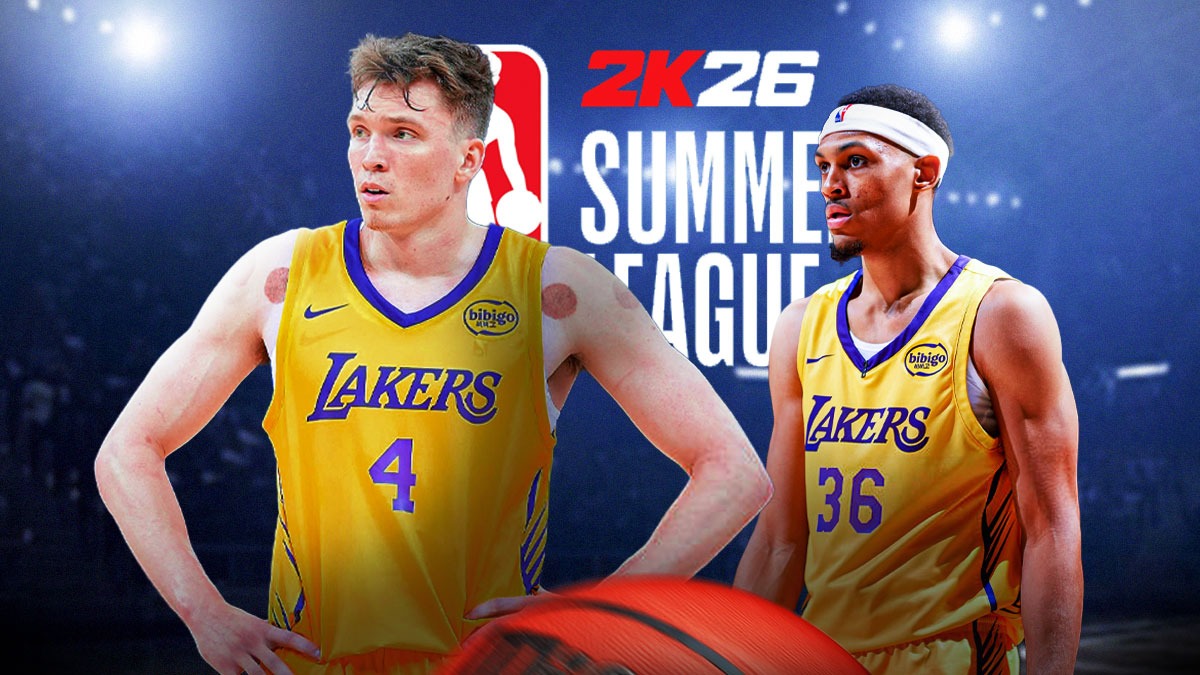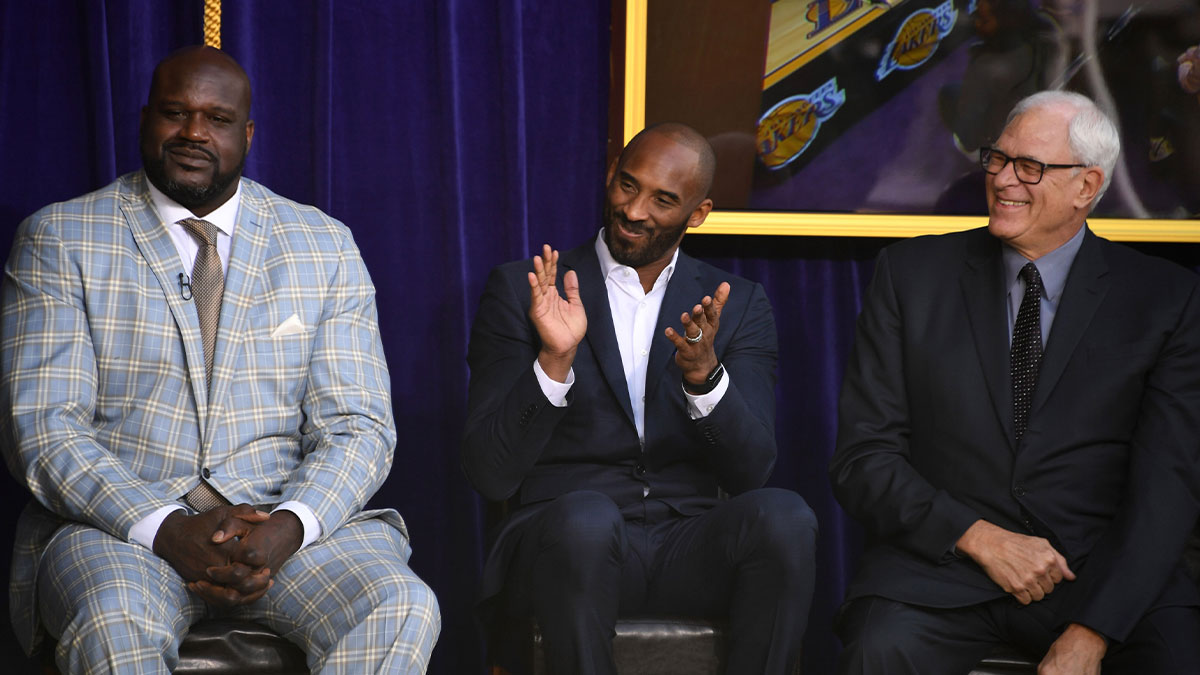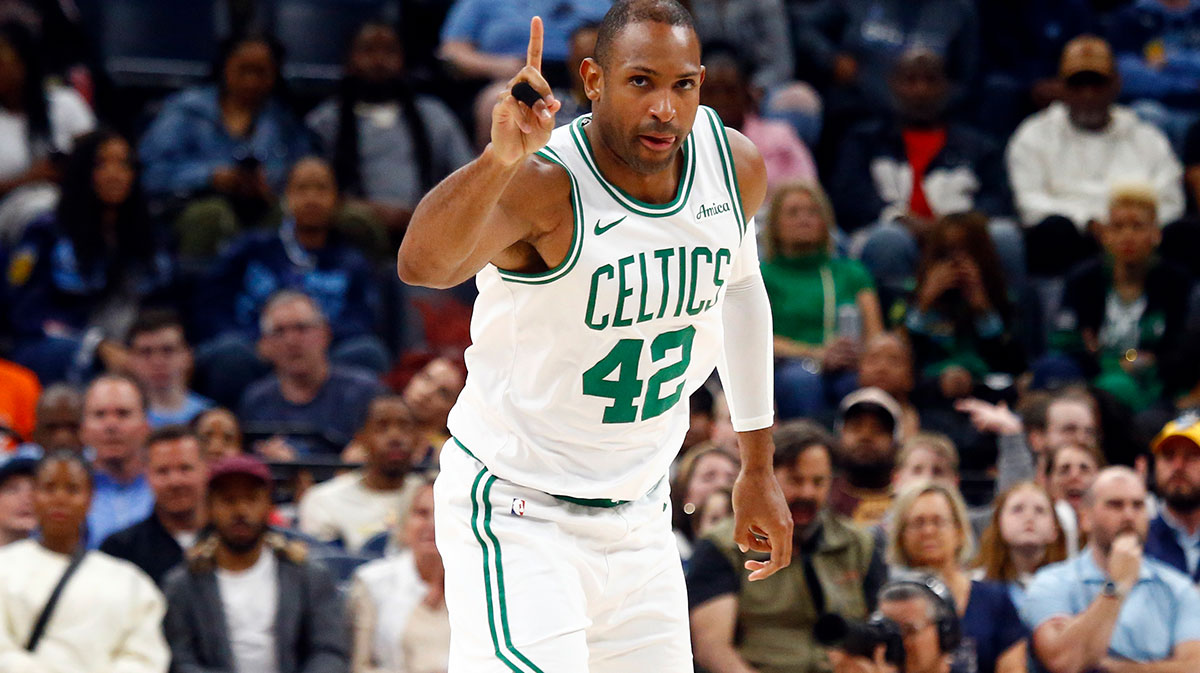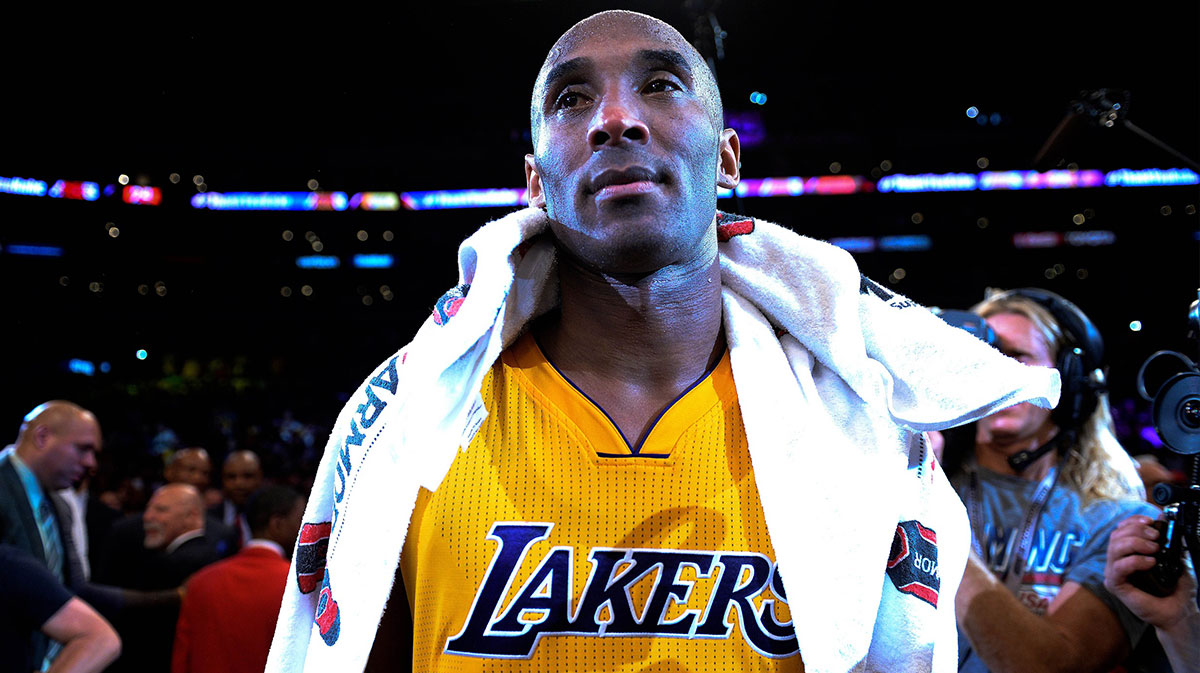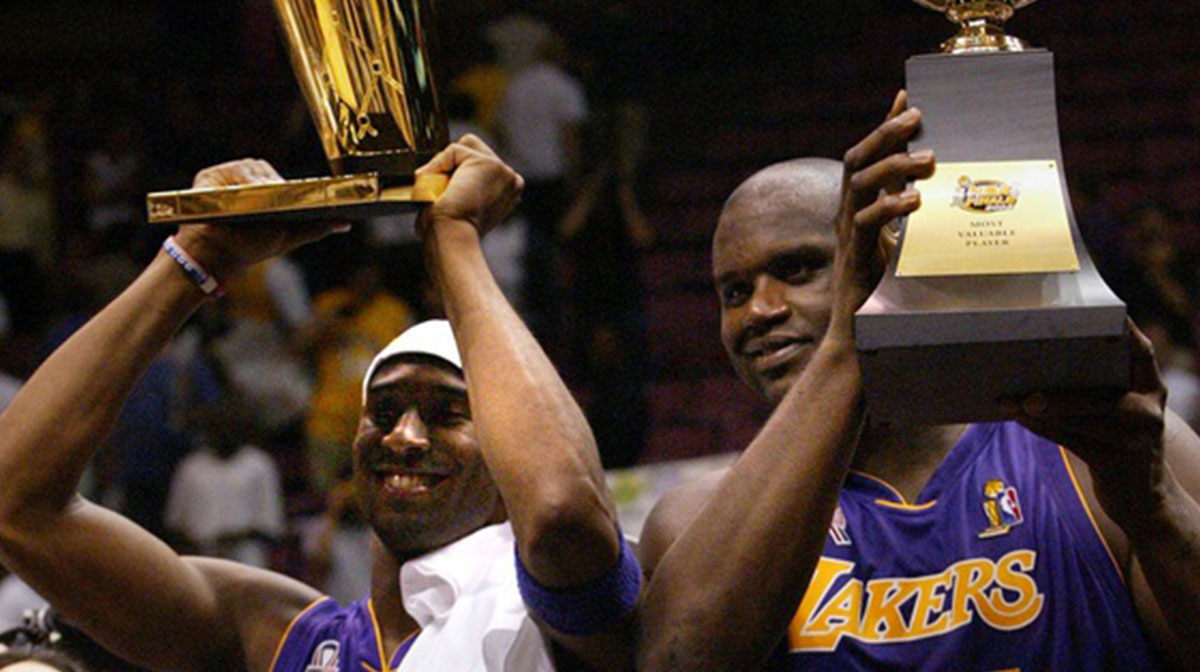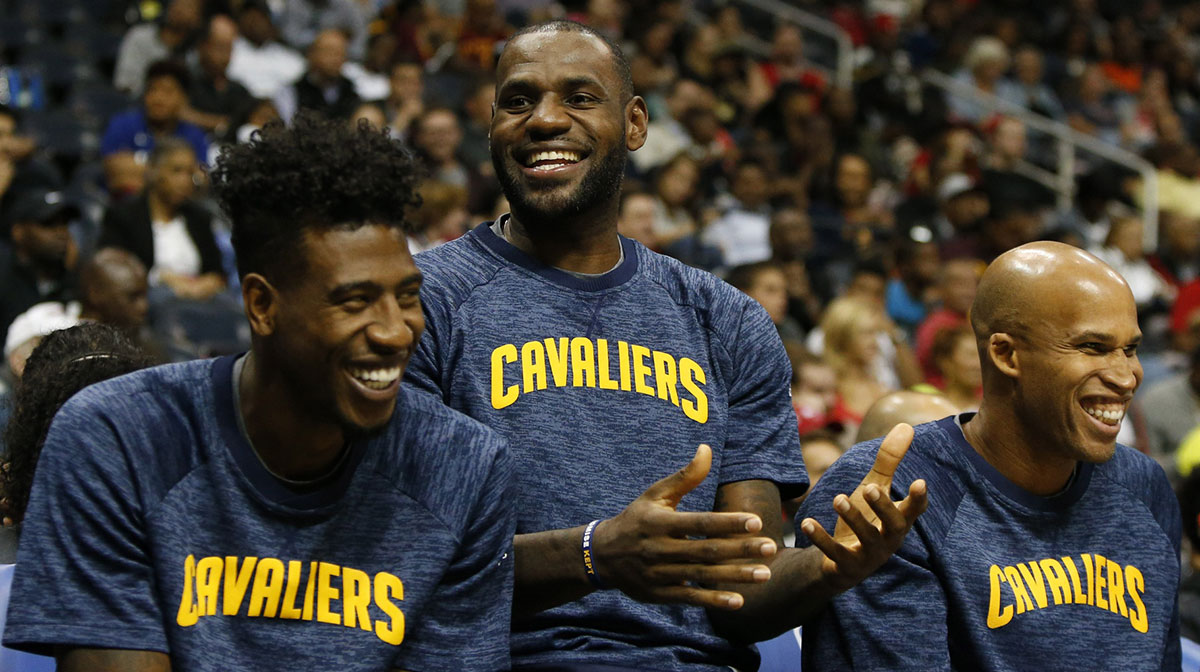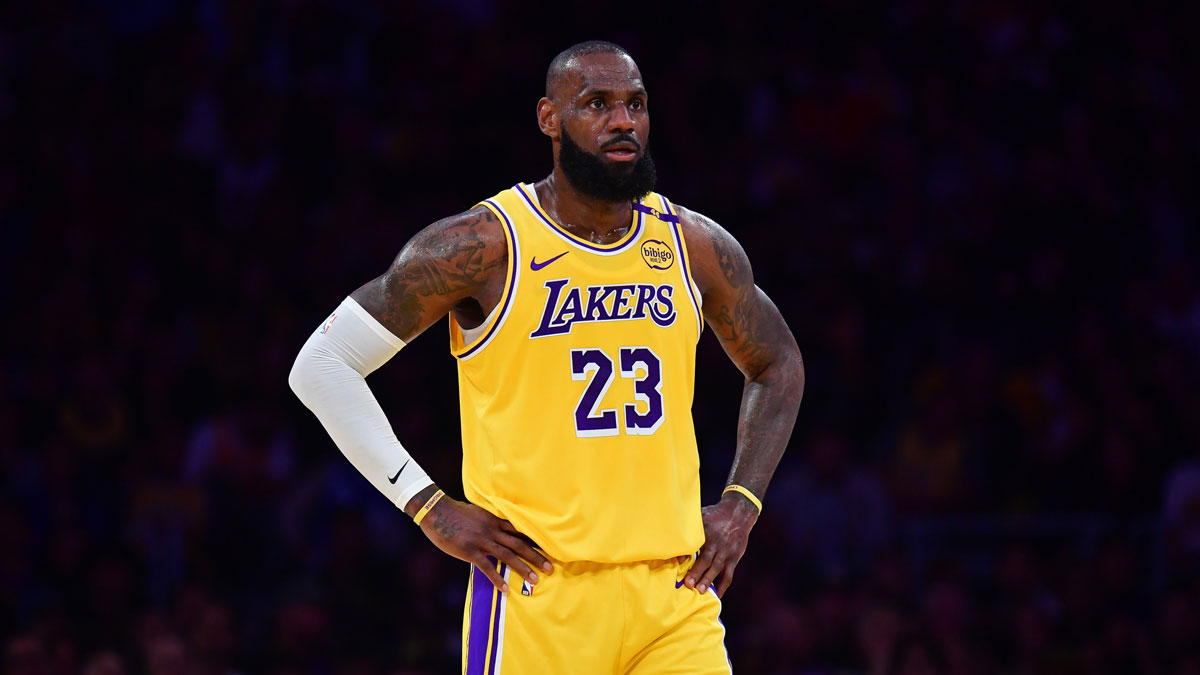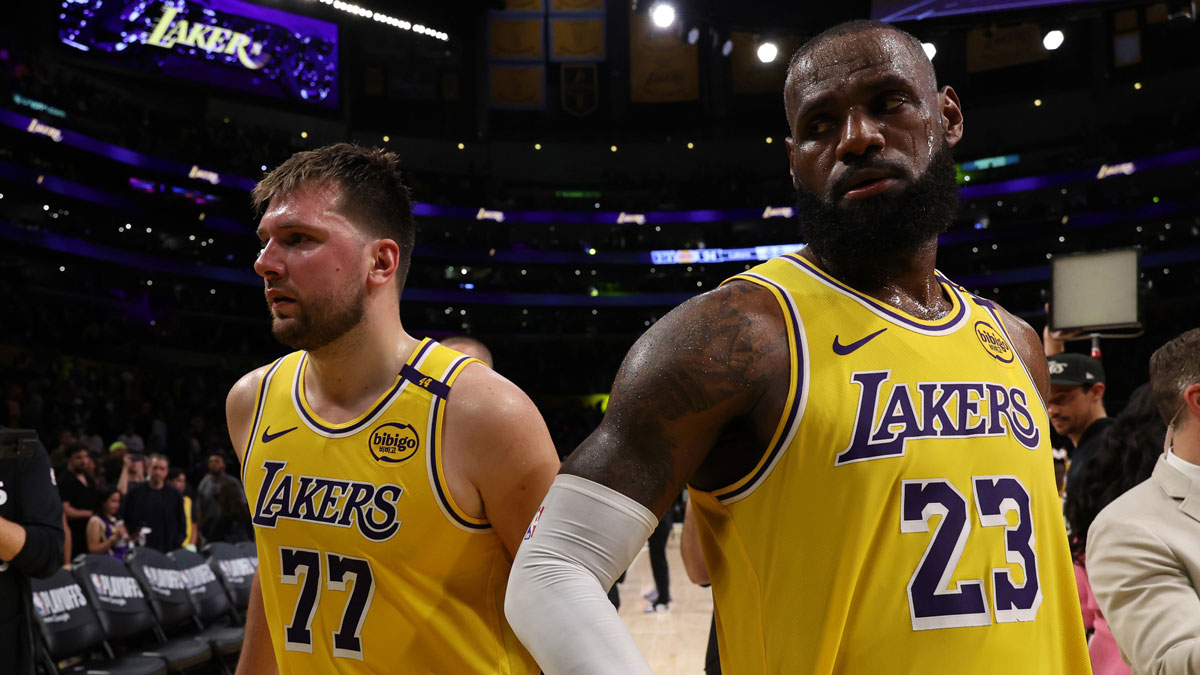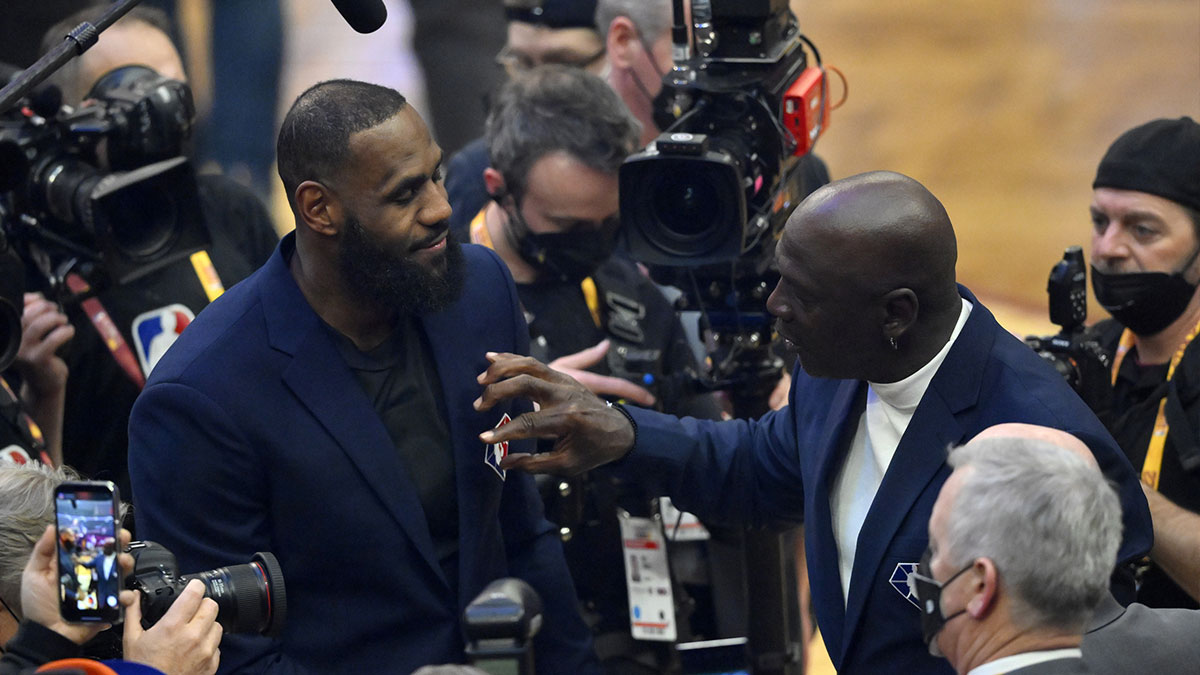NBA free agency begins Monday — four days after the 2021 NBA Draft, 13 days after the NBA Finals, one day before Summer League tips off, and while dozens of players compete in the Tokyo Olympics. Other than that, not much is happening during this so-called “offseason.” The Los Angeles Lakers have plenty of work to do and limited resources at their disposal.
Teams can begin negotiating with free agents once the moratorium is lifted at 6 p.m. ET, though contracts cannot be formalized until Aug. 6 (when the new league year begins), and the tampering has been going strong for who knows how long.
Legit curious who is going to be the first player the Lakers legally call tomorrow. I only bring this up to laugh at the fact that it was once Timofey Mozgov. Lmao.
— Anthony F. Irwin (@AnthonyIrwinLA) August 1, 2021
The Lakers put the wheeling and dealing in motion on Thursday with the summer's first blockbuster: acquiring Russell Westbrook.
HomeTeam.
WHYNOT? pic.twitter.com/6VCectkUnH
— Russell Westbrook (@russwest44) July 30, 2021
As it stands, Kyle Kuzma, Kentavious Caldwell-Pope, and Montrezl Harrell are heading to the Washington Wizards (the Lakers also sent the No. 22 pick, Isaiah Jackson, who Washington flipped). Russ, LeBron, and Kuzma may have acknowledged the deal, but this transaction, too, can't be completed until Aug. 6. (The Lakers remain hard-capped for 2020-21 after using their bi-annual exception on Wesley Matthews, and Kuzma’s poison-pill contract changes in value after Aug. 3.)
LeBron & Dudz threw Kyle Kuzma a going away party. pic.twitter.com/w2DVO086rP
— KF (@klutchfamilia) August 1, 2021
Westbrook will be the Lakers' point guard in 2021-22, but that interval is more than a logistical formality. Los Angeles wants to sign-and-trade Dennis Schroder rather than lose him for nothing — a tall order — and that domino can’t fall until free agency opens. If Rob Pelinka finds a taker for Schroder, the Westbrook trade has time to expand.
The Lakers were moments from trading Kuzma and Harrell to the Sacramento Kings for Buddy Hield — which may have been the preference of the front office and fan base, but not LeBron James. Welp. Now, a Schroder-for-Hield swap is a pipe dream. The Kings nor the Wizards are interested in Schroder (and would he be in them?), per ESPN's Zach Lowe.
Can Pelinka find a fourth club to take Schroder and net a rotation-caliber shooter? Never say never. But, more likely, Schroder either walks to a team with cap space such as the New York Knicks, Chicago Bulls, or New Orleans Pelicans. In that scenario, the Lakers can offer a second-round pick to secure a trade exception (which could be handy down the road, allowing them to absorb a big contract). If Schroder's next team (like, seriously, the Knicks) would rather not do the Lakers a solid and trigger their hard cap, them's the breaks.
Ideally for Los Angeles, the market for Schroder will be tepid, and a team without cap room ends up as his most coveted suitor and needs to execute a sign-and-trade. This way, the Lakers could, at least, recoup tradable contracts.
The market for Schroder is foggy, but one thing is clear: he won't be back with the Lakers, barring an unforeseen willingness to be a sixth man on a bargain. Now, if the Lakers included Talen Horton-Tucker in a S&T, that's a different story.
Before going any further, let’s breeze through the Lakers’ “roster” and cap sheet. With Westbrook ($44.2 million), LeBron ($41.2 million), Anthony Davis ($35.4 million), Marc Gasol ($2.7 million), and Luol Deng’s Roth IRA ($5 million), the Lakers are on the hook for $128 million — $8 million below the luxury tax line and $15 million below the tax apron. Alfonzo McKinnie is on a team option ($1.9 million) that is unlikely to be picked up. You might've noticed: that's far from a full roster.
Post-Westbrook trade, the Lakers must avoid triggering a hard cap. That means no sign-and-trades for free agents (e.g. DeMar DeRozan, Lonzo Ball, Reggie Bullock), and it means the Lakers cannot use a full non-taxpayer mid-level exception (~10 million). That's a disadvantage.
They can, however, offer the taxpayer mid-level ($5.9 million), or divide it up to offer two players slightly more than the minimum. Beyond that, they can exceed the cap to retain players and have two spots for two-way contracts.
Los Angeles wants to keep Horton-Tucker and Alex Caruso, though at what cost remains the biggest source of anxiety for Lakers fans. Both guards will have “multiple suitors” around the NBA, per Lowe.
Horton-Tucker — who, depending on what strides he makes from the 3-point line, is a viable candidate to be L.A.'s starting shooting guard — is a rare 20-year-old restricted free agent with two years of service. The Lakers have Early Bird rights and can pay him up to to $10.4 million in 2020-21. A rival team can present THT with a backloaded offer in the ballpark of four years, $82 million, or three years, $60 million.
According to The Athletic, Caruso will meet with several teams on Monday and be offered the full mid-level. Los Angeles may have to overpay, but low eight figures is the cost of doing business when you properly develop talent.
The Lakers are going to be lacking youth until LeBron is gone, and letting Caruso or THT walk to save a few million — perhaps to give to Andre Drummond, as has been speculated — would be a controversial choice. Plus, Caruso and THT may end up as their only tradable contracts, a la Kuzma and KCP.
One thing in Caruso's favor: He has distinct chemistry with LeBron, who routinely calls him the GOAT. If James is passionate about keeping him, AC can continue honing his short game on Los Angeles-area golf courses.
“The luxury tax is for teams that have championship aspirations. … When you have a player like LeBron James on your team, you’ve got to go for it. You’ve got to use that opportunity to win,” Jeanie Buss said on “First Take” in March.
What the Lakers do with Caruso and Horton-Tucker will reveal just what she means.
(BTW: One key will be the order these decisions happen. The Lakers would prefer to get a Schroder deal done ASAP as free agents come off the board, but he has no incentive to help the Lakers out. )
In general, because money is tight but the hard cap isn't triggered, it behooves the Lakers to retain as much talent as they deem useful.
The Lakers should keep Wesley Matthews, who played for $3.6 million last season. He brings continuity, defense, shooting, the NBA's best 3-point celebration, and was one of their only players to perform well down the stretch last season.
Markieff Morris emphatically stated his desire to retire with the Lakers (and stay close to his brother) at exit interviews. Late-season shooting slump notwithstanding, Keef offers floor spacing, experience, toughness, and a small-ball 5 option.
Ben McLemore may not consistently crack Frank Vogel's rotation, but he will steadily improve on defense with more time in the system and culture. It's always nice to have a microwave somewhere on the bench. It wouldn't surprise me if he's back.
Jared Dudley gave himself a “1,000 percent” chance to return, and his personal involvement in the Lakers' pursuit of Westbrook — and close friendship with James — should indicate a good chance of that happening (he wasn't at this dinner, though). A glorified assistant coach role isn't out of the question. (There's room on Vogel's staff after a slew of recent changes.)
The Lakers would probably keep Drummond if he took the minimum — a notion he called a fan “drunk” for suggesting before criticizing Vogel and then retroactively chalking it up to NFT promotion. Hopefully, for his sake, the free-agent market is more fruitful than the NFT one. Pelinka, his former agent, has a soft spot for him, but it could be Farewell to L.A. for Andre.
Let's say Schroder walks, the Lakers don't overthink the Caruso/THT re-signings, and Gasol doesn't retire. If McKinnie is gone, they'll have five spots to fill (not including two-ways) using that $5.9 million and veteran minimums. (The minimum begins at $2.5 million for players with over 10 years of experience and decreases on a sliding scale per time served.) They need more shooting, a starting 2-guard, and another center.
As for end-of-bench options: The Lakers traded their only pick on draft night but signed four intriguing players afterward. Austin Reaves and Gonzaga wing Joel Ayayi reportedly opted for two-ways with the Lakers over being drafted. Chaundee Brown Jr., who aspires to become the next P.J. Tucker or Jae Crowder, inked an Exhibit-10 deal. Former House of Highlights legend Mac McClung signed a training camp deal. Devontae Cacok, who spent the last two seasons with the Lakers, will play in Summer League, which begins Tuesday in Sacramento.
The Lakers Summer League squad will play the Heat on Tue (5pm) and the Kings on Wed (8pm) before heading to Vegas. They’ll face the Suns on Aug. 8. Here’s the roster, per the Lakers.
Devontae Cacok is back. Joel Ayayi and Austin Reaves turned down being drafted to sign with LA pic.twitter.com/gd4jC4PBgv
— Michael Corvo (@michaelcorvo_) August 1, 2021
As for free agency, Los Angeles has been linked to numerous players around the NBA, despite the known financial limitations, According to sources, players (and their agents) like the idea of joining the Lakers, especially when LeBron James is employed.
Westbrook, by the way, is more popular amongst his peers than blog boys, and his acquisition will help persuade veterans.
A handful of in-demand wings who would make excellent fits — Otto Porter Jr., Danny Green, Alec Burks, Reggie Bullock, Jeff Green, Doug McDermott — may pull the full mid-level. Would any of them take the $5.9 million, or less? Would Victor Oladipo do it to rebuild his value ahead of a bullish 2022 summer market?
Shooters and/or ball handlers like J.J. Redick, Garrett Temple, Malik Monk, Tony Snell, Bryn Forbes, James Ennis, and Kent Bazemore have been tossed around. Tony Bradley, Frank Ntilikina, Justise Winslow, Torrey Craig, Maurice Harkless, and Dennis Smith Jr. are out there. So are Raul Neto, Jeff Teague, Austin Rivers, and former Lakers Isaac Bonga, Mo Wagner, and David Nwaba, among others of this ilk.
A few familiar names have been closely tied to the Lakers as free agency fast approaches. Avery Bradley was a valued player on the 2019-20 title team pre-hiatus, and he remained heavily invested from afar through the bubble run. The 31-year-old is an unrestricted free agent after the Houston Rockets passed on his option.
“Lakers” https://t.co/4pAoEN9qci
— Michael Corvo (@michaelcorvo_) July 31, 2021
Three notable San Antonio Spurs are sources of speculation: DeRozan doesn’t fit with Westbrook — they are two of the worst 3-point shooting guards in NBA history — but Los Angeles would happily bring him aboard if he took a massive hometown discount (he made $27.7 million in 2020-21) and played for the $5.9 MLE.
Rudy Gay presents a nice option. He’s big (6-foot-8, 250 pounds), versatile, and his defense, efficiency, and range have improved in his post-prime.
According to the Los Angeles Times' Brad Turner, Patty Mills' name keeps “coming up” for the Lakers, which ESPN's Dave McMenamin also signaled. Mills makes all the sense in the world: He's a title-tested lead ball handler and dead-eye shooter. He'd be a fine use of the $5.9 million.
Turner mentioned two ring-wearing 3-and-Ds in his roundup: Trevor Ariza and Andre Iguodala. (The Lakers need big wing defenders, badly.) Ariza — who was a Pelinka client when he helped the Lakers win a championship in 2008-09 — may be too expensive, even at age 36, but he can still nail the corner 3. Iguodala, 37, isn't the player he once was, but his elite intelligence, passing, and ball-handling ability (in addition to his defense) are understandably enticing.
Another familiar face, Wayne Ellington, is reportedly interested in a return to Los Angeles. The 33-year-old may not be a rotation mainstay, but he's coming off the most productive 3-point shooting season of his career.
Perhaps the likeliest signing, as of this moment, is Carmelo Anthony. Melo had the best catch-and-shoot 3-point shooting season of his career (on decent volume) in 2020-21, and, like Gay, his size provides offensive versatility that can help compensate for the loss of Kuzma. He can buoy staggered second units alongside Westbrook and will always be a viable crunch-time option. More importantly, he and LeBron have always wanted to play together, and they won't get another opportunity. According to Turner, Melo is “just waiting on the call” from the Lakers.
Finally, another former All-Star is in the same banana boat as Anthony: Dwight Howard. Howard thought he was returning last year before a last-minute mixup and is “ready to return” for 2021-22, per Turner. If not, Alex Len, Taj Gibson, Gorgui Dieng, and Damian Jones are less appealing options. Olympian JaVale McGee would be a welcome sight.
The Lakers have to build this team like the LeBron-era Miami Heat: An expensive Big Three surrounded by ring-chasing veterans and minimum players. Ultimately, it worked pretty well in South Beach.

